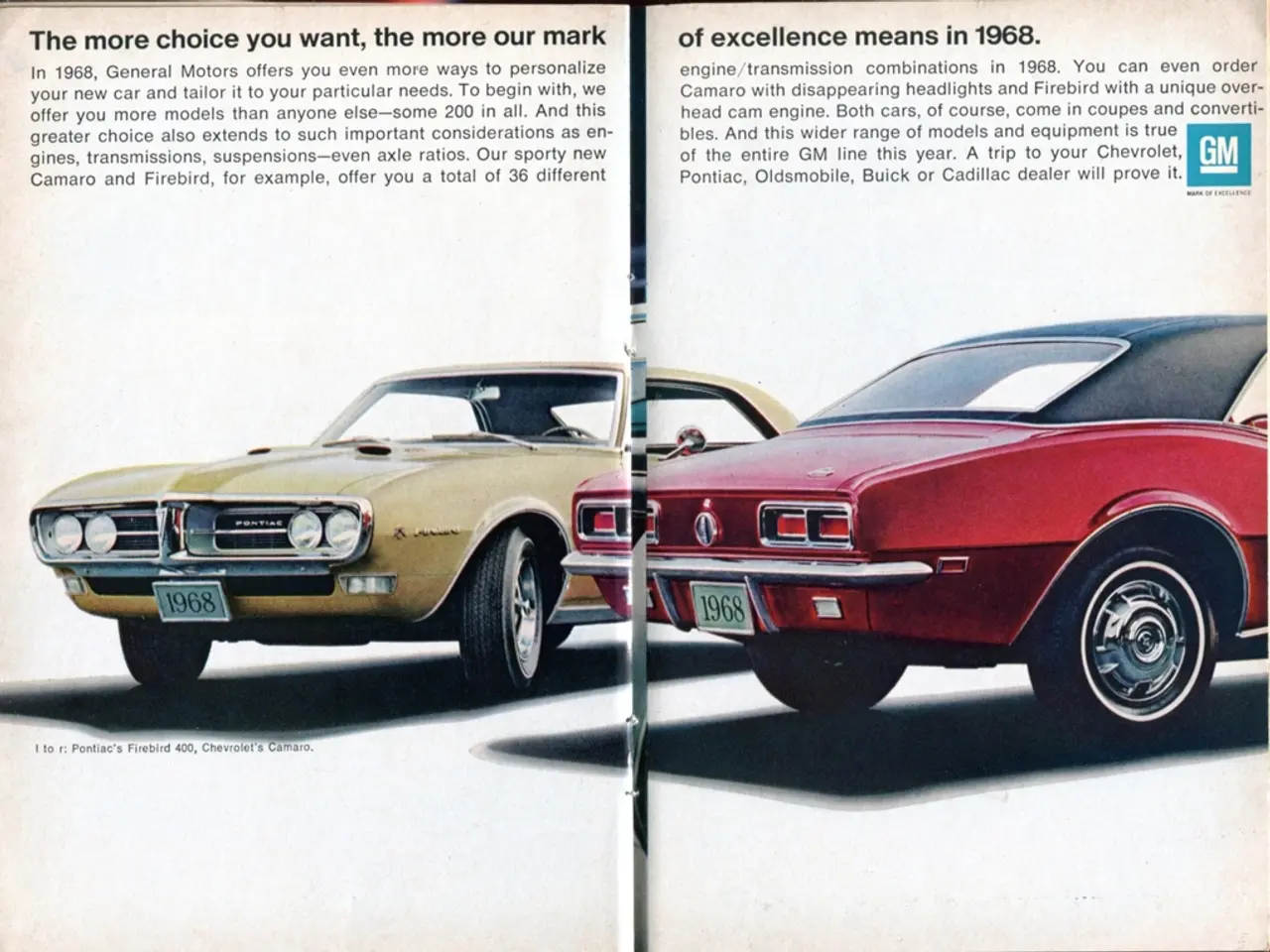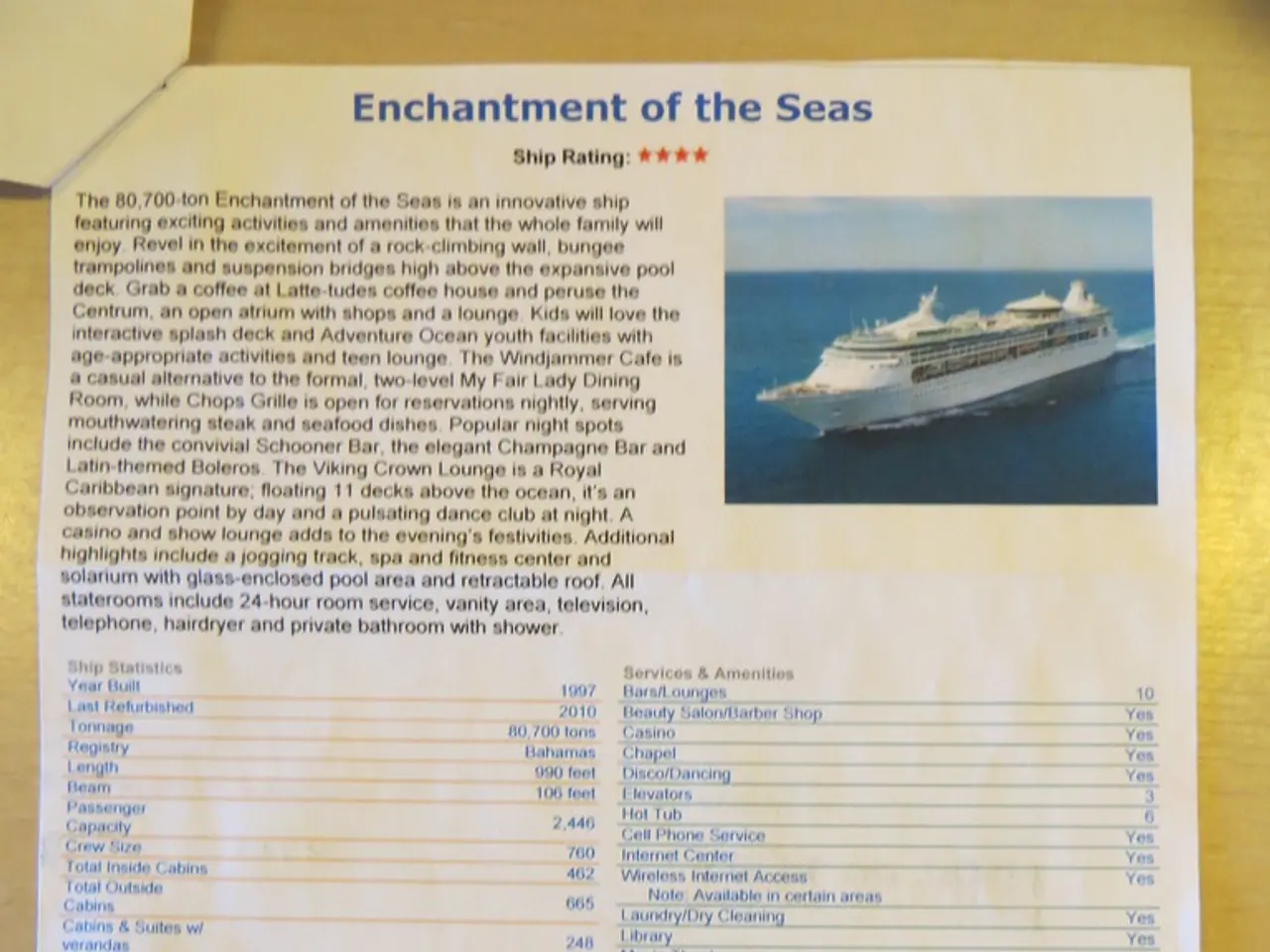Trademark Infringement Through Post-Sale Confusion Recognized as Relevant by UK Supreme Court for the First Time
In a landmark decision, the Supreme Court of the UK has established that post-sale confusion can amount to actionable trademark infringement in the case of Iconix v Dream Pairs. This ruling expands the scope of protection for registered trademarks, potentially impacting various industries, particularly the fashion industry.
The dispute originated from Dream Pairs' use of a sign related to footwear in the UK since 2018, which resembled Iconix's registered "double diamond" figurative trade mark covering goods in class 25, including articles of clothing. Iconix, the owner of the Umbro brand, brought a trade mark infringement claim against Dream Pairs.
The Supreme Court's decision affirms that post-sale confusion can support a finding of trademark infringement. The Court clarified that post-sale confusion need not be confined to the transactional context itself but can be assessed more broadly, recognising that such confusion can damage the trademark owner's brand reputation and goodwill.
However, for post-sale confusion to lead to actionable infringement, it must be shown that this confusion results in damage at or in connection with the point of sale or transaction itself. This ruling underscores the importance of consumer perception beyond just the initial purchase, expanding trademark protection to guard against confusion caused by products bearing similar marks encountered after the sale.
Brand owners will need to think carefully about how a competing mark is perceived in the real world, such as when a product is being worn, to rely on post-sale confusion and potentially increase their scope of protection. The Supreme Court has affirmed the concept of post-sale confusion, clarifying that realistic and representative post-sale circumstances can be taken into account when determining trademark infringement.
The Supreme Court's decision may lead to more judgments in this vein moving forward, with appellate courts being less likely to overturn multifactorial assessments. This aligns with general trademark law principles where the central question is whether the use of a similar mark is likely to cause confusion or deception about the source or affiliation of goods or services.
The Iconix ruling encourages brand owners to challenge lookalike products based solely on post-sale confusion, particularly in industries where logos are less static when the product is in use, such as the fashion industry. This decision may reduce the number of cases where appellate courts overturn multifactorial assessments, providing some clarity on post-sale confusion.
In conclusion, the Supreme Court's decision in Iconix v Dream Pairs establishes that the likelihood of confusion post-sale can support a finding of trademark infringement, broadening the scope of what counts as harm to a trademark owner and reinforcing the need to protect consumers and brand identity even after products leave the store.
The Iconix ruling in the fashion industry, primarily based on the Supreme Court's decision, expands the potential for intellectual property disputes, as brand owners can now challenge lookalike products not only based on initial confusion, but also on post-sale confusion. This broader interpretation of trademark infringement may have significant ramifications for various industries, including finance and business, as it highlight the need for companies to safeguard their intellectual property rights beyond the transactional context.




